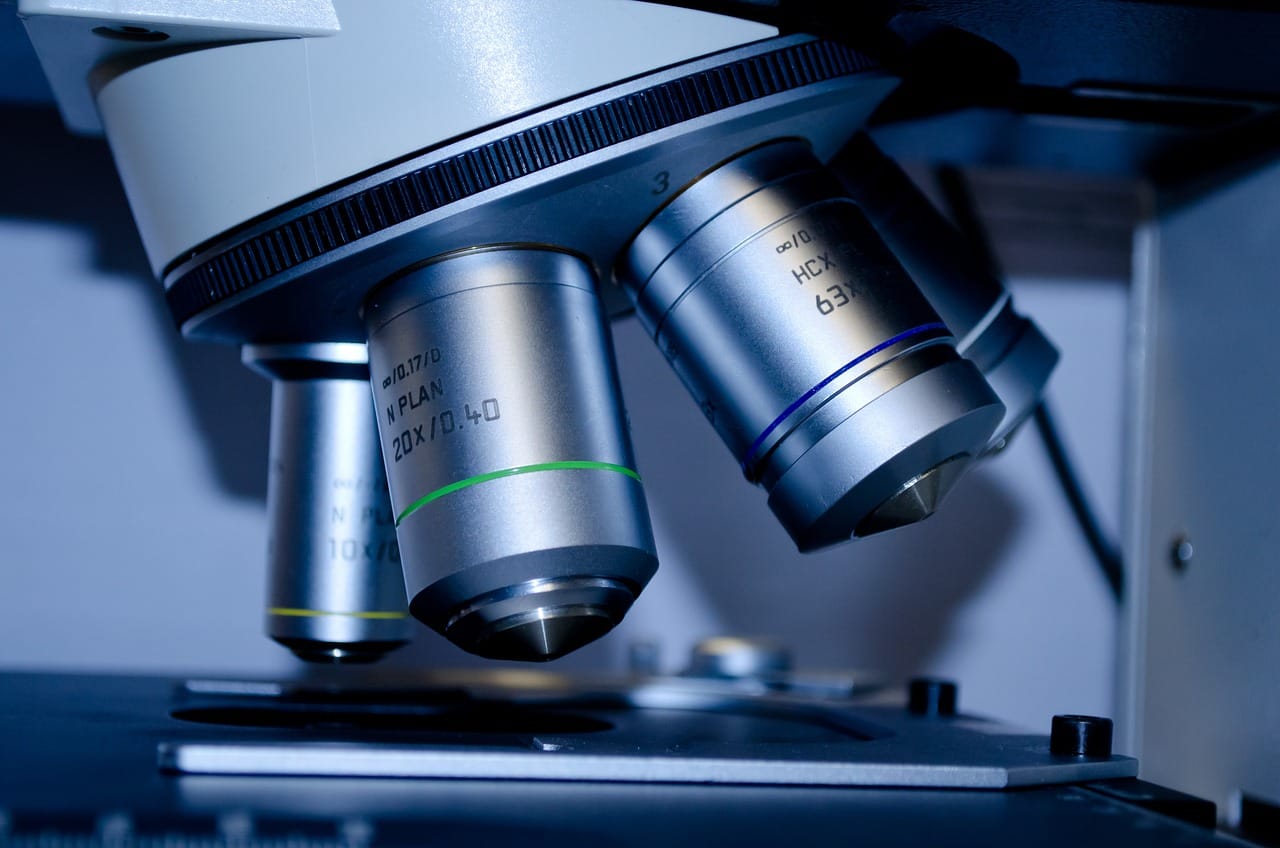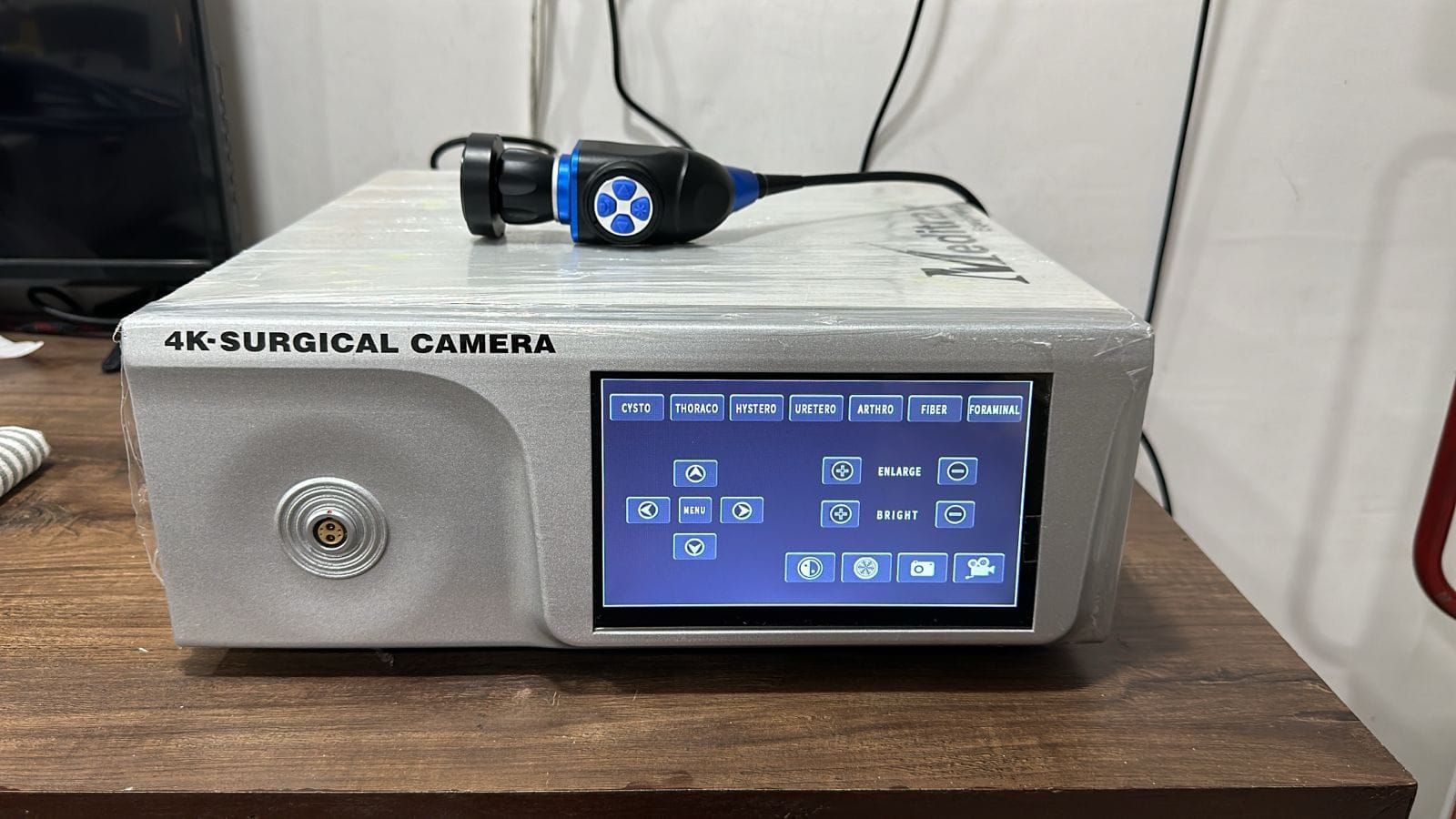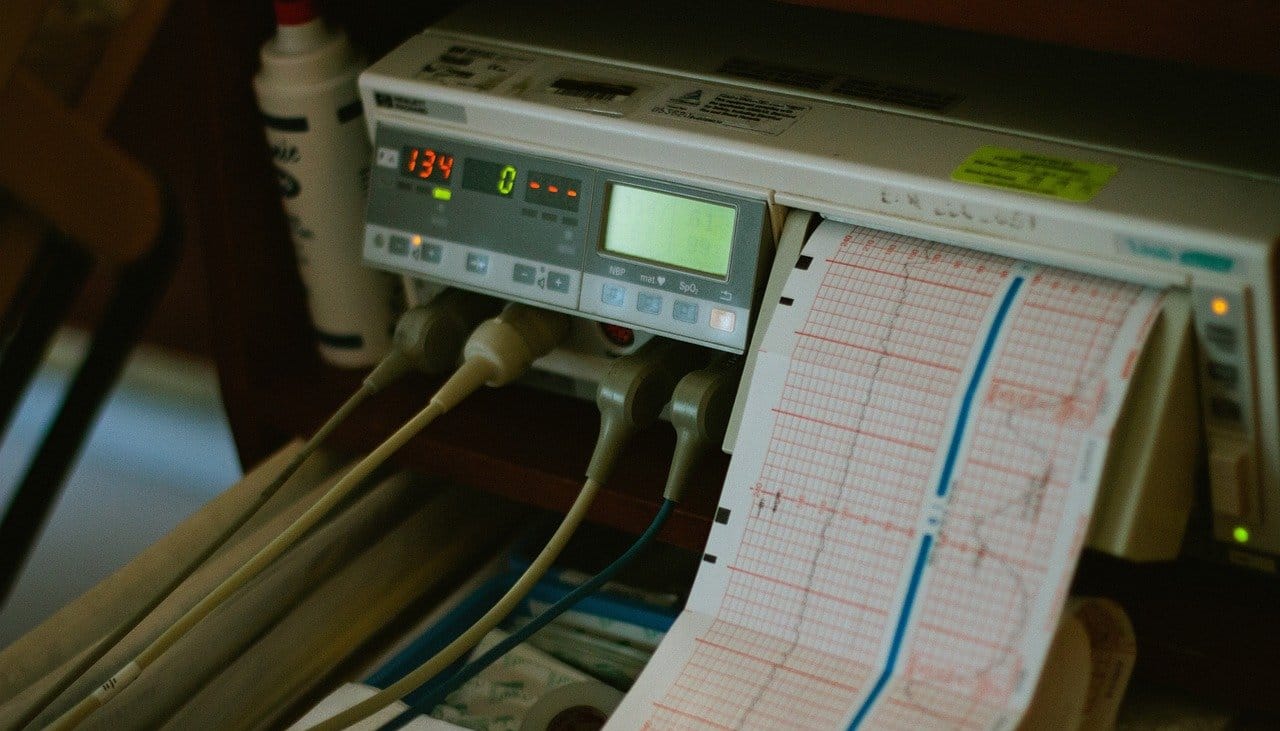Endoscopy is at the forefront of modern diagnostics, providing minimally invasive solutions for visualizing internal organs and tissues. In 2024, endoscopy technology continues to evolve rapidly, offering enhanced precision, efficiency, and patient comfort. With innovations in imaging, artificial intelligence, and connectivity, healthcare providers can now diagnose and treat conditions with unprecedented accuracy.
This blog highlights the top trends in endoscopy equipment for 2024 and the exciting advancements shaping the future of medical diagnostics.
1. High-Resolution Imaging: 4K and Beyond
One of the most significant trends in endoscopy is the adoption of ultra-high-definition imaging technologies, such as 4K and even 8K resolution cameras. These systems provide incredibly detailed visuals, enabling healthcare professionals to detect even the smallest abnormalities, such as micro-tears or early-stage tumors.
What’s New:
- 4K/8K Resolution: Offers unparalleled clarity for improved diagnostics.
- Dynamic Range: Enhances contrast and color differentiation, crucial for distinguishing between healthy and diseased tissues.
- HDR (High Dynamic Range): Reduces glare and improves visibility in low-light environments.
High-resolution imaging is becoming a standard feature in premium endoscopy systems, offering better outcomes for both doctors and patients.
2. Artificial Intelligence (AI) Integration
Artificial intelligence is revolutionizing healthcare, and endoscopy is no exception. AI-powered endoscopy systems are designed to assist doctors by analyzing visuals in real-time and flagging potential issues.
Key Features:
- Automated Detection: AI algorithms can identify polyps, lesions, or other abnormalities during procedures, improving diagnostic accuracy.
- Predictive Analytics: Offers insights based on historical data to predict patient outcomes or recommend next steps.
- Workflow Optimization: AI tools streamline documentation, image analysis, and report generation, saving time for healthcare professionals.
AI not only reduces the chances of human error but also ensures more comprehensive and faster diagnoses.
3. Wireless and Portable Endoscopy Devices
With advancements in wireless technology, portable endoscopy devices are becoming more prevalent in 2024. These systems eliminate the need for bulky cables, making procedures more comfortable for patients and easier to manage for healthcare providers.
Benefits:
- Improved Mobility: Enables endoscopy in remote or resource-limited settings.
- Reduced Setup Time: Simplifies the workflow, allowing more procedures in less time.
- Better Patient Comfort: No restrictive cables mean a more seamless experience.
Wireless capsule endoscopy, where a patient swallows a tiny camera to capture images of the gastrointestinal tract, is a game-changer in this category.
4. Enhanced Illumination with LED and Laser Technology
Lighting plays a critical role in endoscopy, and 2024 sees a shift towards advanced illumination systems. LED and laser technologies now offer brighter, more focused light sources for clearer imaging.
What’s Trending:
- LED Systems: Energy-efficient and long-lasting, ensuring consistent illumination throughout procedures.
- Laser-Based Illumination: Provides precision lighting, particularly useful for specific diagnostic or therapeutic applications.
- Adjustable Intensity: Enables customized lighting levels for different procedures.
Enhanced illumination ensures better visibility, reducing the likelihood of missed diagnoses.
5. Integration with Cloud and IoT
The Internet of Things (IoT) and cloud integration are transforming how endoscopy equipment is used and managed. In 2024, many devices now feature connectivity options, allowing data to be shared seamlessly across platforms and professionals.
Applications:
- Real-Time Data Sharing: Enables instant consultations with specialists worldwide.
- Remote Monitoring: Allows technicians to diagnose and address equipment issues without being on-site.
- Data Storage and Analysis: Secure cloud systems store high-resolution images and videos for future reference or training purposes.
IoT-connected devices are also helping clinics improve their operational efficiency by automating maintenance schedules and performance checks.
6. Disposable Endoscopes
Disposable endoscopes are gaining popularity as a cost-effective and hygienic alternative to traditional reusable equipment. These devices reduce the risk of cross-contamination, particularly in outpatient or high-risk environments.
Advantages:
- Enhanced Safety: Eliminates the need for extensive sterilization processes.
- Convenience: Ready-to-use devices save time during procedures.
- Cost-Effectiveness: Reduces long-term maintenance expenses.
As the technology behind disposable endoscopes advances, these devices are expected to become a viable option even in more complex diagnostic scenarios.
7. Virtual Reality (VR) and Augmented Reality (AR) in Training
Medical training is becoming increasingly immersive with the use of VR and AR technologies in endoscopy. These tools offer realistic simulations for practitioners to hone their skills without the need for live patients.
Innovations in 2024:
- VR Simulators: Provide lifelike procedural experiences for trainees.
- AR-Assisted Procedures: Overlay critical information or guidance during real-life endoscopy.
- Collaborative Training: Connects trainees and experts in different locations for shared learning.
By integrating VR and AR, the learning curve for new endoscopy techniques is significantly reduced, improving overall proficiency in the field.
8. Hybrid Endoscopic Systems
Hybrid systems that combine diagnostic and therapeutic capabilities are on the rise. These devices allow doctors to perform biopsies, remove polyps, or even deliver treatments during the same procedure.
Advantages:
- Time-Saving: Eliminates the need for multiple procedures.
- Cost-Effective: Reduces overall treatment expenses for patients.
- Improved Patient Experience: Fewer hospital visits and quicker recoveries.
Hybrid systems represent the future of endoscopy, where diagnostics and treatment go hand-in-hand.
Conclusion
The year 2024 is an exciting time for the field of endoscopy, with innovations in imaging, AI, wireless technology, and more driving the industry forward. These advancements not only enhance the diagnostic capabilities of healthcare providers but also improve patient outcomes and comfort.
For medical professionals, staying updated with these trends and investing in cutting-edge equipment is essential to remain competitive in the ever-evolving healthcare landscape.
At Endoscopcam, we offer a wide range of advanced endoscopy equipment designed to meet the needs of modern diagnostics. Whether you’re looking for high-definition cameras, AI-enabled tools, or portable devices, our solutions are at the forefront of technological innovation.
Explore our collection and take the first step toward enhancing your practice with the latest in endoscopy technology.




